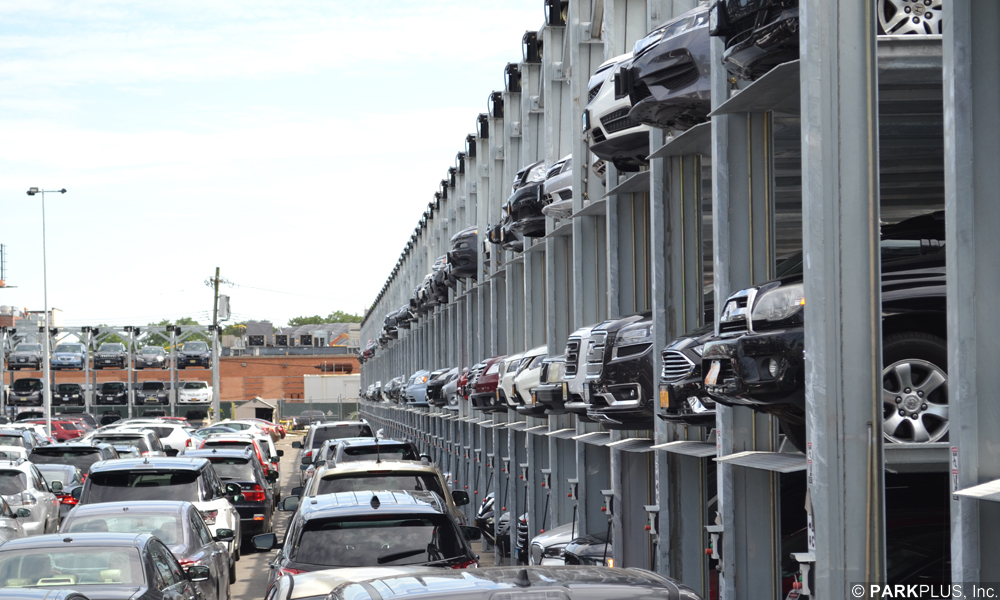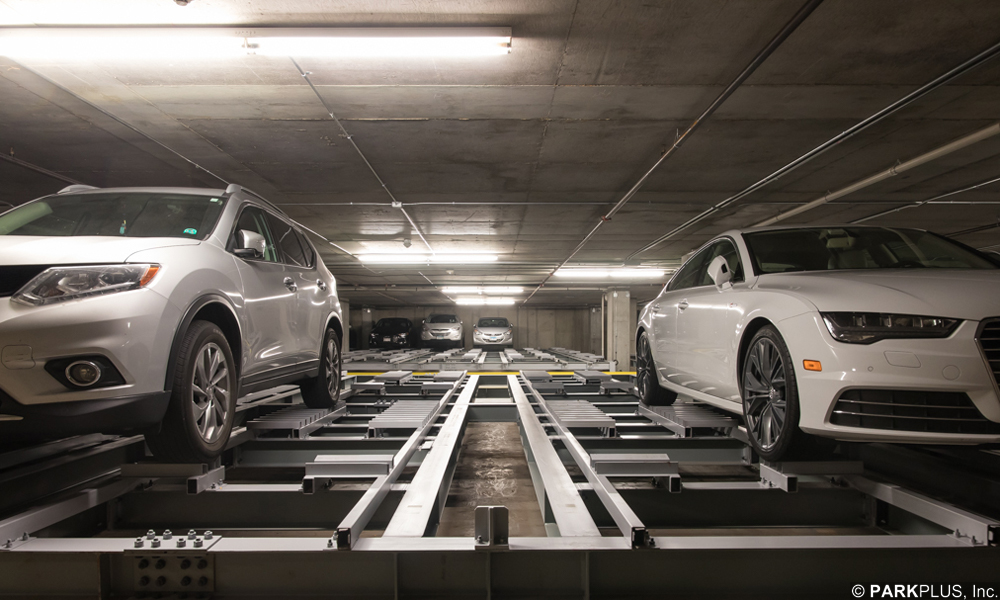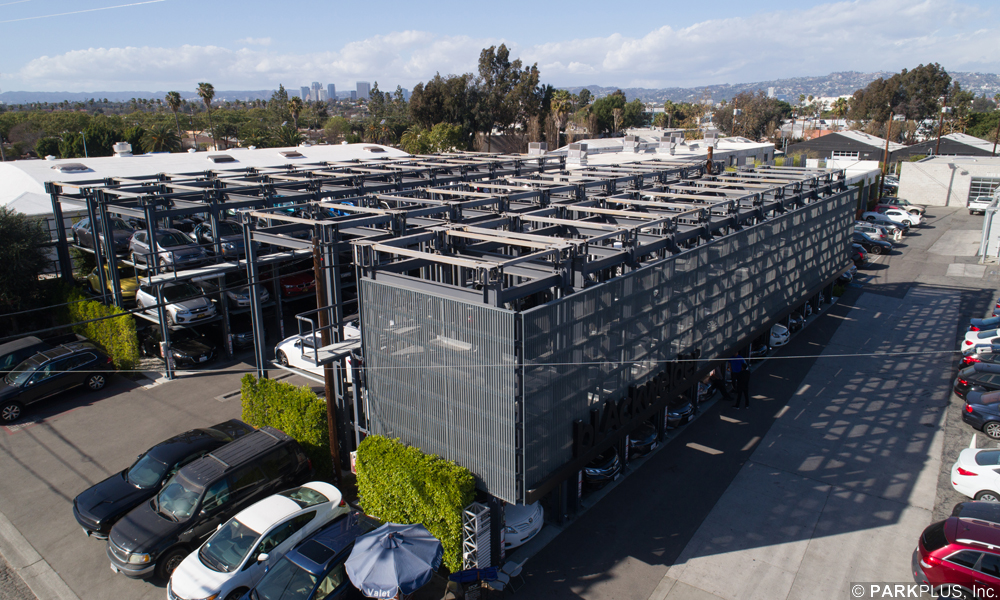Parking is one of the single-largest land uses in urban areas in the United States, and this greatly affects the industry’s efforts to become more sustainable. Parking facilities need to become smaller and more space-efficient structures that are safer, more convenient, sustainable, and capable of efficient vehicle retrieval.
Automated and Mechanical high-density parking systems offer many direct and indirect sustainable economic benefits. While leveraging real estate and space for economic benefit, automated and mechanical parking systems reduce costs from construction through to the operational phase, and beyond through reduced energy consumption. Direct economic benefits include:
Maximized real estate usage
- Increased capacity (park more cars in the same space)
- Spatially efficient (park the same number of cars in half the space)
Financial multiplier
- Increased revenue capacity of parking facilities
- Increased hourly/daily/monthly rate per space for secured facilities
- More land available to build for other uses
- Potential tax incentives with faster rates of depreciation

Construction costs and schedules
High-density automated and mechanical parking systems minimize site work, material removal, transport, construction costs, and construction schedules. Many systems do not require ramps, substantial ventilation equipment, elevators, or multiple entry and exit points.
Reduced energy consumption and operational costs
Automated and mechanical parking systems have significantly reduced operational costs and consume less energy than conventional garages. Semi-automated and automated systems do not require staff, cashiers, or valets. Lower insurance rates may also apply. High-density parking systems are largely unoccupied and vehicles do not run, so there is little or no need for typical high energy consumption systems.

Lighting requirements are greatly reduced in automated and mechanical parking systems because light is required only in certain areas or for maintenance and can be activated in key areas when necessary. They also have a reduced need for ventilation. Enclosed systems require significantly fewer air changes per hour in comparison to conventional underground or closed parking facilities.
Service and maintenance
High-density parking systems have reduced maintenance costs in comparison to conventional parking. Equipment life cycles range between 15 and 20 years before parts need to be replaced. The systems can be monitored in real time for maintenance requirements and building performance requirements.
Flexibility
Additionally, automated and mechanical parking systems are a highly flexible land use tool for owners and developers. Specific benefits include:
Portability: High-density parking systems can be installed, used for five to seven years, then dismantled and relocated to another site depending on the need or values of the land area, or if the land is planned for future development.
Customizable and modular: High-density parking systems are custom-designed to meet each project’s needs and can be expanded to meet increased demand.
Flexible applications: High-density parking systems can be installed underground, above ground, on rooftops, within existing structures, and alongside buildings.
Adaptive reuse: High-density parking systems can be retrofitted into existing buildings and designed to be removed from new buildings for future adaptive reuse.
Interchangeable: High-density parking systems and stalls can be modified for other uses such as storage pods, bicycle storage, and trash removal.
This PARKPLUS AGV Automated Parking System includes Storage Pod integration for use as a personal on-demand storage system.
###
This content is part of The American Institute of Architects (AIA) and U.S. Green Building Council (USGBC)-accredited course, Introduction to High-Density Parking Systems. Take the course online or register for/request one of our webinars to learn more and earn continuing education points.



 844-472-7575
844-472-7575
